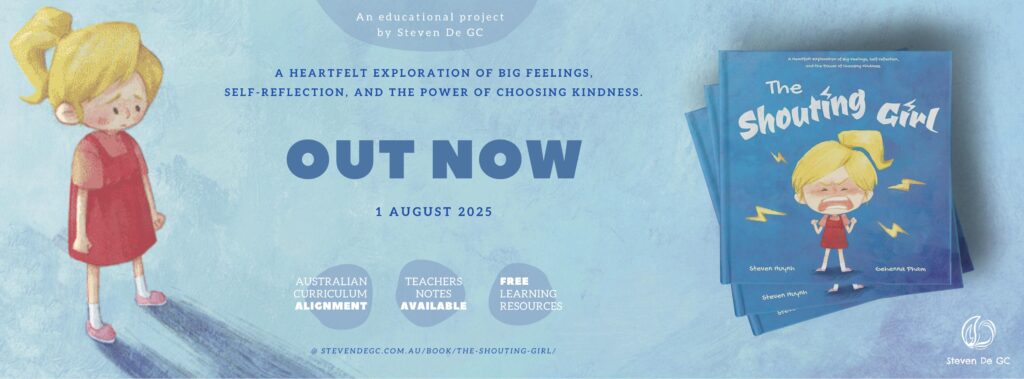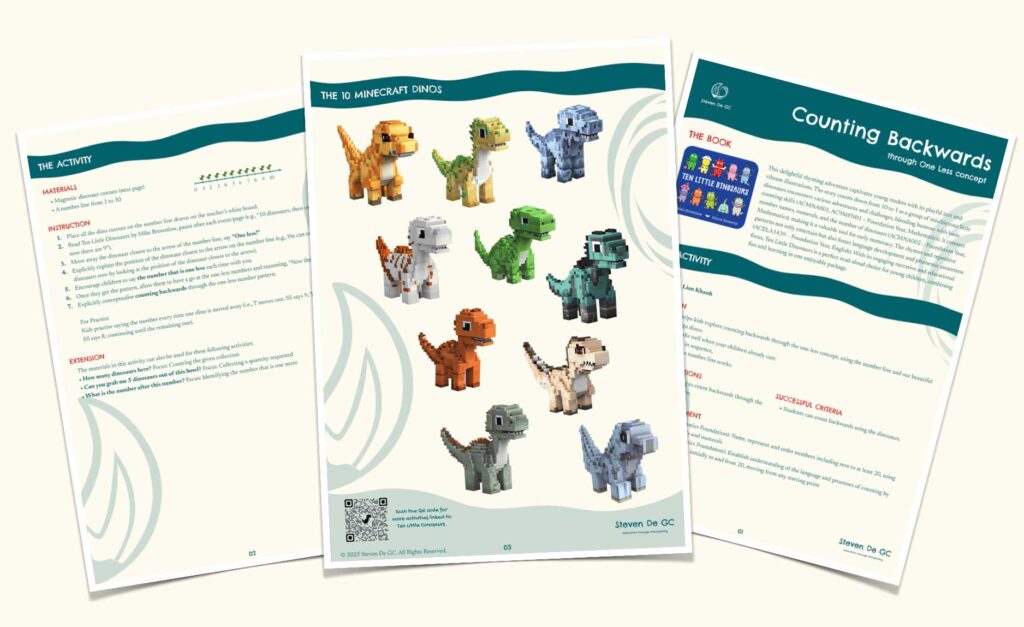Read Aloud – One Duck Stuck
- Read the story aloud with expression, pausing after each new group of animals appears. Ask:
- “How many animals came to help the duck?”
- Encourage students to count aloud together.
Matching the Animals
- After reading, display the flashcards (with numerals and groups of animals) in random order on the board or floor.
- Pose the big question: “Who came and helped the duck first, second, third…?”
- Students use numeracy skills, such as numeral reading, counting, or subitising, to place the flashcards in story order (e.g., 2 fish, 3 moose).
- You can also emphasise the sequence of events using the number line.
Ordering Numbers and Matching Animals
- Mix up the flashcards and invite students to reorder them from 1 to 10 using their numeracy skills.
- Reinforce ordinal language: first, next, then, last if possible.














Leave a Reply